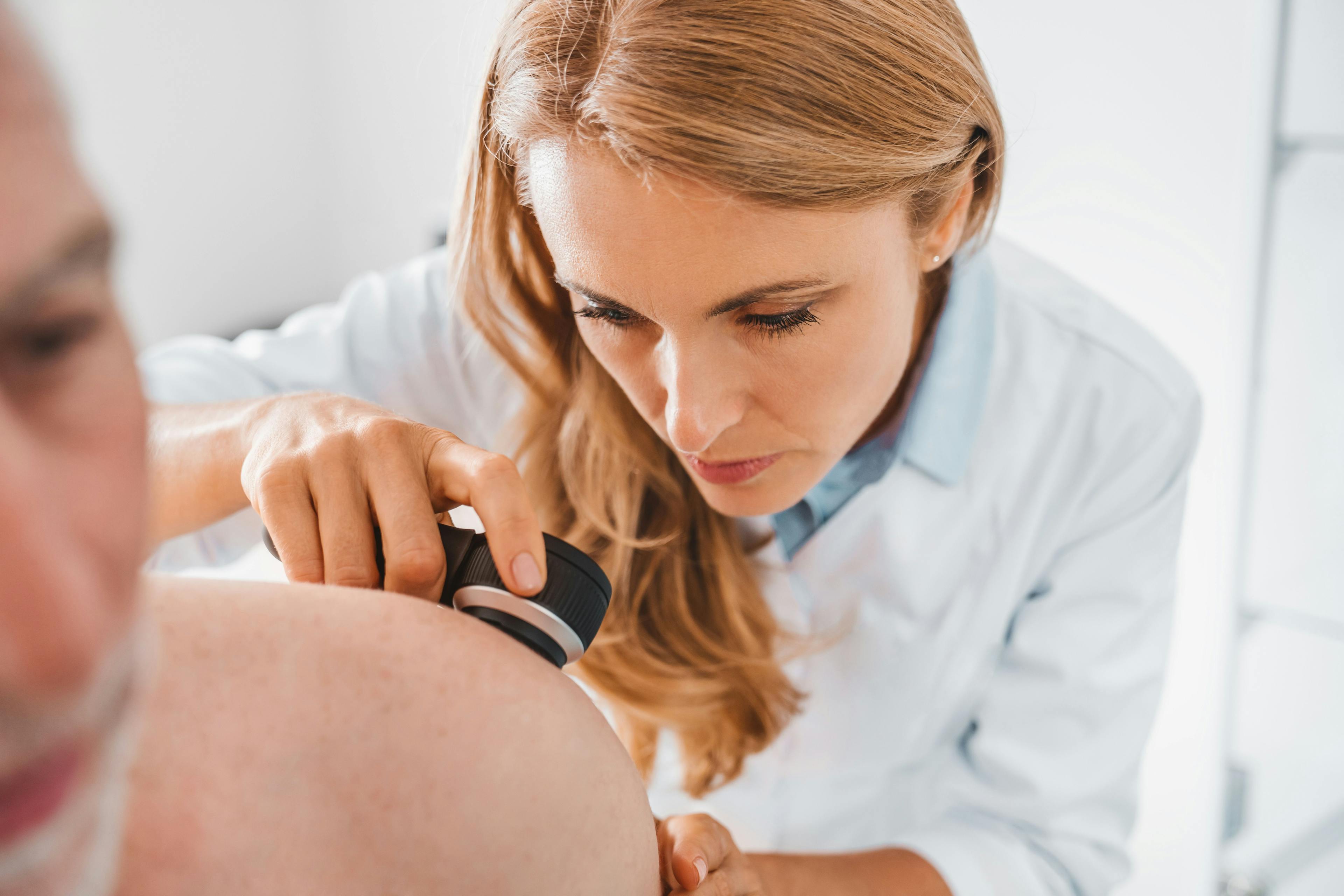- Acne
- Actinic Keratosis
- Aesthetics
- Alopecia
- Atopic Dermatitis
- Buy-and-Bill
- COVID-19
- Case-Based Roundtable
- Chronic Hand Eczema
- Chronic Spontaneous Urticaria
- Drug Watch
- Eczema
- General Dermatology
- Hidradenitis Suppurativa
- Melasma
- NP and PA
- Pediatric Dermatology
- Pigmentary Disorders
- Practice Management
- Precision Medicine and Biologics
- Prurigo Nodularis
- Psoriasis
- Psoriatic Arthritis
- Rare Disease
- Rosacea
- Skin Cancer
- Vitiligo
- Wound Care
News
Article
Dermatology Times
Improving Skin Radiance and Luminosity
Author(s):
Key Takeaways
- Radiance and luminosity are cosmetic terms linked to light reflection from the skin, enhancing visual appeal without specific physiological benefits.
- Luminosity is measurable using a colorimeter on the L*a*b* scale, with the L* axis indicating light reflection from the skin.
In this month’s Cosmetic Conundrums column, learn how radiant, luminous skin can be achieved with cosmeceuticals.
Image Credit: © Nattakorn - stock.adobe.com

Skin radiance and luminosity are wonderful cosmetic terms because from a scientific standpoint, they mean nothing, but from a consumer standpoint, they are associated with beautiful skin. These terms conjure a mental image of healthy skin without identifying any specific physiologic benefit. This column examines how radiant, luminous skin can be achieved with cosmeceuticals.
What are Skin Radiance and Skin Luminosity?
I think of radiance and luminosity as interchangeable terms for the amount of light reflected back from the face of the subject to the eye of the observer. Improved radiance and luminosity mean more light is reflected back from the face and this can be accomplished with a variety of cosmetic products.
Can Luminosity be Measured?
Yes, luminosity can be measured with a device known as a colorimeter on the L*a*b* scale, which uniquely identifies any color observable on the Earth in 3-point color space along the 3 axes. The L* measures light and dark, representing total amount of reflected light into the colorimeter aperture. Thus, this L* axis measures luminosity from a human face. Substances that increase light reflection from the face will increase the L* reading while substances that decrease light reflection from the face will decrease the L* reading.
What is the Simplest Way to Increase Facial Skin Luminosity?
The simplest way to increase facial skin luminosity is to increase the smoothness of the skin surface. A smoother skin surface will reflect more light unidirectionally back into the eye of the observer. Skin smoothness can be improved by using a moisturizer with emollient properties that sticks the desquamating corneocytes to the skin surface or by removing the desquamating corneocytes through exfoliation. This exfoliation can be induced mechanically by rubbing the skin or chemically through a hydroxy acid–containing face peel or serum.
What New Moisturizer Formulations Are Especially Adept at Increasing Skin Luminosity?
Hyaluronic acid is one of the most effective new moisturizer actives, with an excellent humectant ability to hold water in the stratum corneum, thus smoothing the skin surface. There are 5 variants of hyaluronic acid with varying molecular weights, to include sodium hyaluronate crosspolymer, high–molecular weight sodium hyaluronate, medium–molecular weight sodium hyaluronate, low–molecular weight sodium hyaluronate, and acetylated hyaluronic acid to hydrate and smooth the skin. The sodium hyaluronate crosspolymer largely remains as a film on the skin surface while the hydrolyzed hyaluronic acid more readily penetrates into the skin due to its low molecular weight. The acetylated hyaluronic acid can provide antioxidant-like benefits and has a decreased tendency to biodegrade, owing to its chemically modified structure.
The various molecular weight hyaluronic acids must be placed in some type of occlusive film such that absorbed water does not evaporate from the skin to the atmosphere. Silicone derivatives, such as polysilicone-11, are spreadable polymers that fill in the fine lines and dermatoglyphics of the face, physically creating a smooth skin surface and improving radiance/luminosity through emollience. The improvement in skin smoothness with this type of formulation can be perceived immediately and thus this type of moisturizer formulation immediately improves skin radiance and luminosity.
What are Strobe Creams and How Do They Increase Facial Luminosity?
Strobe creams (Strobe Cream, Make-up ArtCosmetics [MAC]) are pigmented moisturizers with light-reflective particles that are placed on the face after moisturization and before facial foundation application. They are lightly pigmented in shades of pink for Caucasian skin, light tan for African American skin, and peach for Hispanic skin to minimize skin sallowness. In addition, the cream contains finely ground iridescent mica particles that subtly reflect light, increasing facial skin luminosity. The improvement in luminosity is immediate and fleeting as it disappears when the skin is washed
Can Cosmetics Improve Facial Luminosity?
Yes, cosmetics can improve facial luminosity using the same concept as discussed for strobe creams. Mica and other light-reflective particles can be added to facial foundations and powders. Mica-containing facial foundation can add shine to the entire face and mica-containing powders can be used to add light reflection to important areas of the face for increased luminosity. Natural anatomic points for increased luminosity are the upper cheekbone, tip of the nose, and central chin. If you examine print images of models who are considered to have luminous skin, you will note either photoshopped light reflex points in these locations or light reflex points from cosmetic application.
Zoe Diana Draelos, MD, is a consulting professor of dermatology at Duke University School of Medicine in Durham, North Carolina, and Dermatology Times’ editor in chief emeritus.

Newsletter
Like what you’re reading? Subscribe to Dermatology Times for weekly updates on therapies, innovations, and real-world practice tips.





























